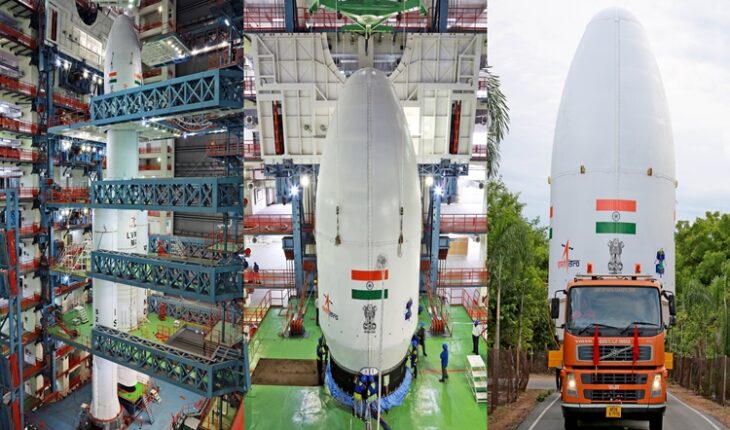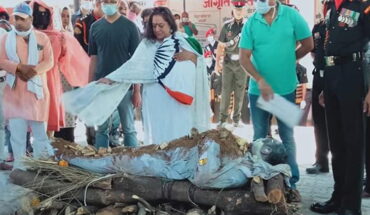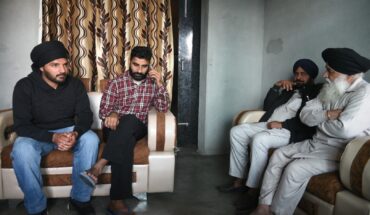Learning from Chandrayaan-2 ISRO to have more changes on lander
Bengaluru: In a major milestone, ISRO announced it has integrated the Chandrayaan-3 spcecraft with launch vehicle—GSLV-MKE or LVM3. ISRO is looking at a mid- July launch window for India’s third lunar mission and a second attempt at asoft-landing equipment on the Moon. While Chandryaan-3 is a follow on mission to Chandrayaan-2, unlike its predecessor, Which carried an orbiter along with a lander and rover, this spacecraft is composite of three modules: Propulsion,lander and rover.
ISRO carried out several changes on the lander for Chandrayaan-3, After its failed landing attempt in September 2019. This time around, Vikram, the lander will have sronger legs than its previous avatar to enable landing at greater velocities than earlier.The lander legs, for instance, have seen major changes. Their velocity tolerance has been enhanced to 3m/sec from the earlier wm/sec. That means even at 3m/sec, the lander will not crash or break its legs. Isro has made several other changes, learning from the failures of predecessor Chandrayaan-2.
ISRO has also added more fuel to handle more disruptions, with the “ability to come back”, allowing more cushion to handle the mission. A new sensor called the laser Doppler velocity metre, will look at the lunar terrain.
S.Somanath, ISRO Chairman , told media a lot of improvements have been made on the lander. ISRO has also improved the software to have more tolerance to failures, such as engine disruptions, thrust disruptions, sensor failures, etc, While also removing the central or fith engine, which was a last-minute addition to Chandrayaan-2, he added.




